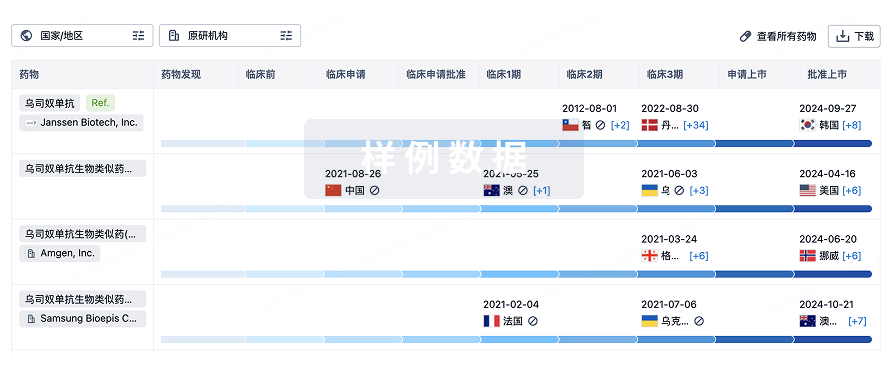Article
作者: Venkataraman, Sujatha ; Nuss, Zachary James. ; Balakrishnan, Ilango ; Danis, Etienne P. ; Davidson, Nathan ; Dahl, Nathan ; Green, Adam L. ; Vibhakar, Rajeev ; Donson, Andrew ; Madhavan, Krishna ; Jones, Kenneth L. ; Brunt, Breauna ; Walker, Faye ; Wang, Dong ; DeSisto, John ; Suresh, Ammu ; Pierce, Angela ; Lakshmanachetty, Senthilnath ; Michlin, Joshua ; Mitra, Siddhartha S. ; Sanford, Bridget
Abstract:Diffuse midline gliomas (DMGs) are devastating brain tumors that occur primarily in children. The salient feature of these tumors is the presence of a H3K27M mutation (K27M), associated with the worst prognosis. Development of effective strategies for treating K27M+ DMG is desperately needed to help improve patient outcomes. Here, we identified the cell surface antigen CD99 as notably expressed in DMGs, particularly in K27M+ DMGs. The increased expression of CD99 in K27M+ DMGs was a result of the onco-histone K27M mutation. In K27M+ DMG cells, CD99 inactivation impaired tumor growth by inducing cell differentiation. The development of a therapeutic anti-CD99 chimeric antibody, 10D1, with a membrane-proximal binding epitope enabled the evaluation of the antitumor efficacy of targeting CD99 in preclinical models of K27M+ DMG. 10D1 suppressed DMG growth in vitro and in vivo by inducing apoptosis. When combined with radiation treatment, 10D1 exhibited improved antitumor efficacy and prolonged xenograft survival. Together, these findings provide a strong justification for the clinical development of 10D1 as a therapy for targeting CD99 to treat DMGs.







